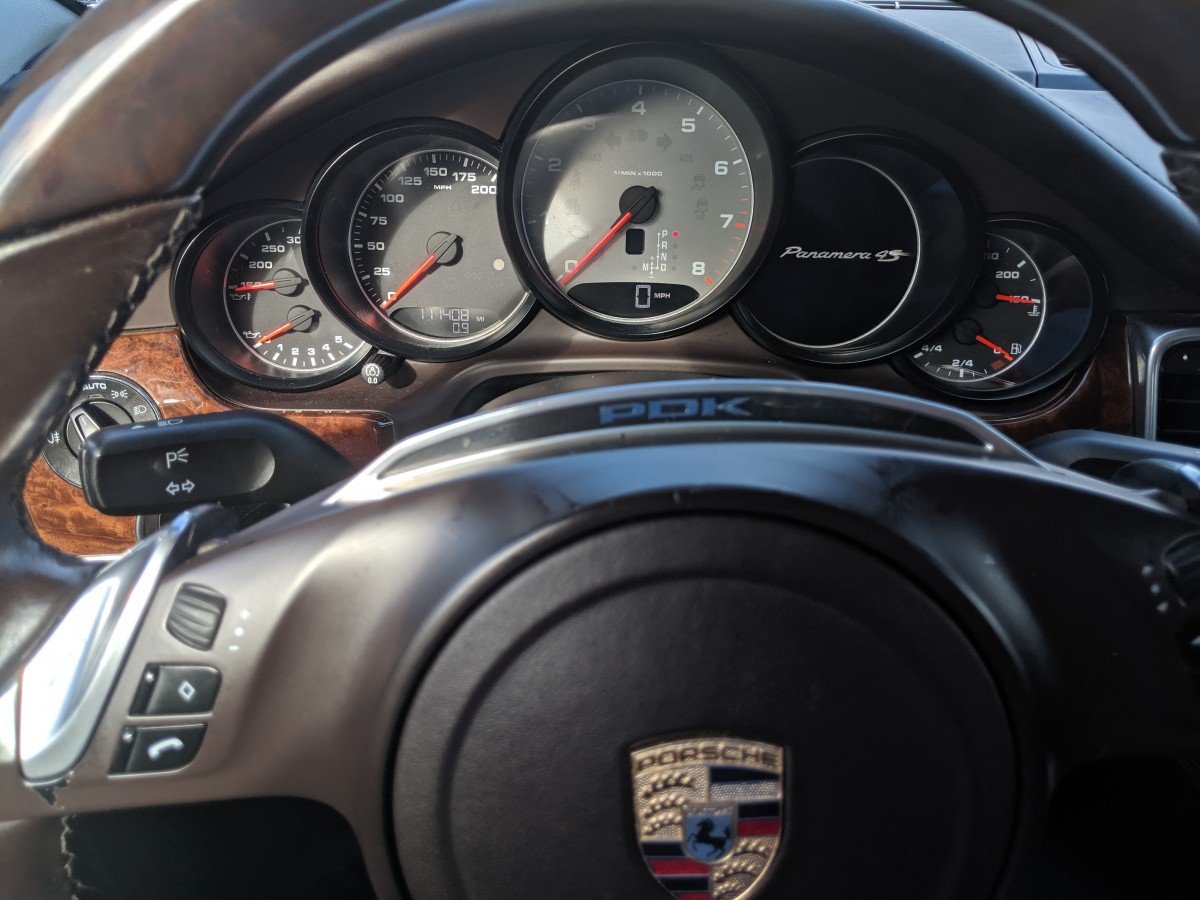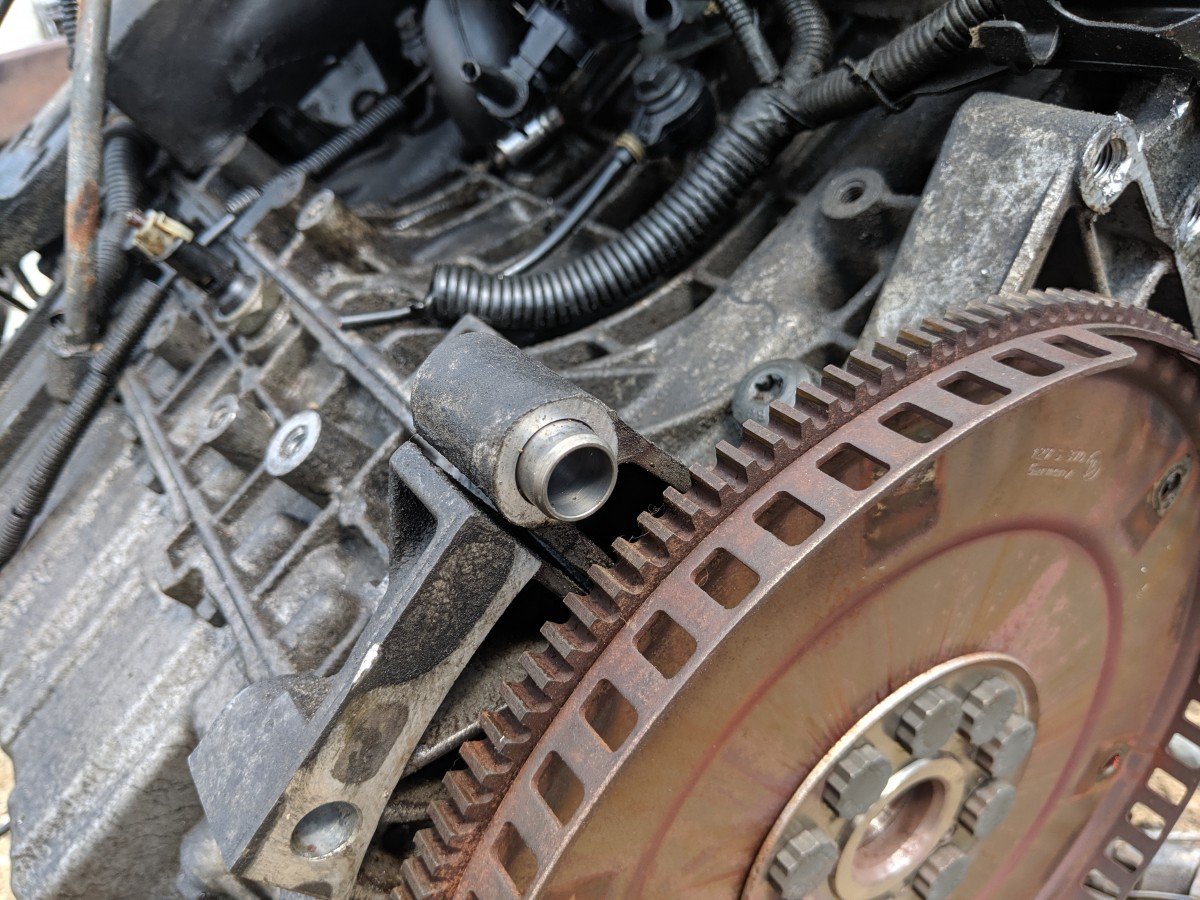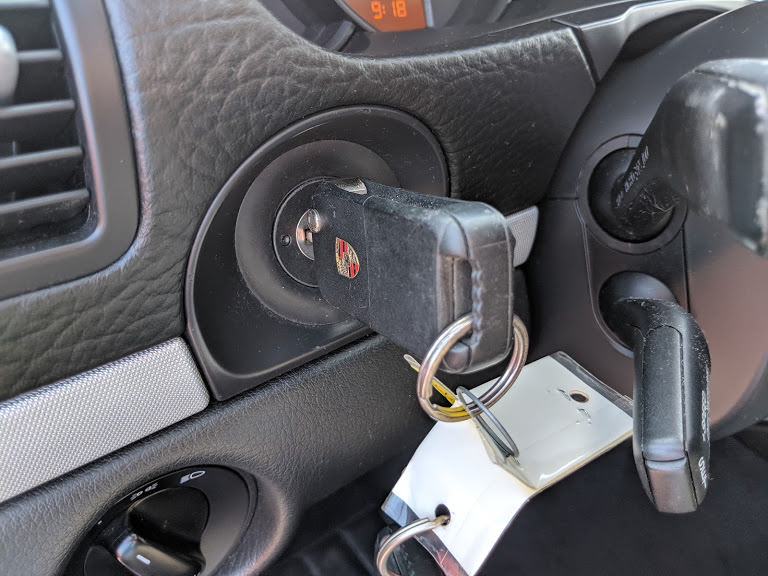3 Most Common Reasons Why a Porsche Won’t Start
The following guide will discuss the three most common reasons a Porsche won’t start. A lot of joy can come from owning a Porsche. They can bring quality, performance, and luxury into your daily life. For almost 100 years, the brand has been praised globally for its reliability, with over 70% of all 911s still on the road today. But what happens on that enviable morning when you’re running late for work, and your beloved 911, Panamera, or Cayenne won’t start?
It doesn’t matter what car you choose to ferry you back and forth to the office daily. You will get in and turn the key one day, and nothing will happen. In this article, you will learn about common issues that can cause your Porsche of any vintage not to start and be informed of a few tips to get you back on the road sooner.
How to Troubleshoot Porsche Won’t Start

Let’s start with a basic problem: the battery. From the original Porsche 901 to the brand new 992, they all have an external battery to give the vehicle’s system base power to get it up and running. In classic cars, the battery’s main purpose is to send power to the starter motor and fuel pump when the ignition is turned on. After the engine turns over, the alternator takes over the electrical production and sends extra voltage back to the battery to keep it topped up. No voltage was sent to any accessories if the ignition was turned off. This made it so it wouldn’t constantly pull power from the battery, causing it to die.
The principle is still the same in modern cars, but tons of other systems are added to the basic fuel and ignition. Cars today have hundreds of computer modules. Each is charged with monitoring every aspect of the vehicle and draws power from the battery, some even with the ignition turned off. Today, Porsches have various monitoring systems in the doors and cabin that continue to run after the car has been shut down.
In ideal conditions, the modules go to “sleep” and completely shut off after a short time. Faults in the system, such as lights being left on or the doors not being closed properly, can cause the car not to sleep. This leaves the systems running and the battery on the hook for the juice, causing the battery to die.
This can happen to anyone, so the good idea is to buy a portable jump pack to keep in your car. This portable AAA personnel is around $150 and is a little bigger than your cell phone. A jump box is a superior option to traditional jumper cables as you no longer need the assistance of a good passing samaritan. In most modern cars, the battery is inaccessible under the floor in the trunk or the cabin, but jump posts are still under the hood marked with a red + cover and an unpainted ground point.
Starter Failure

Now that you know what could be wrong with the battery, let’s move on to the next weak link in getting your Porsche to turn over: the starter motor. To get the engine going, a physical rotation of the flywheel must occur; that’s where the starter comes in. Mounted on the engine case, the electric motor has a small gear with teeth that mesh with the flywheel. When power is sent to the starter from the ignition, the gear spins, giving the engine the initial shove needed to get running.
Starter motors are worn items that only have a certain lifespan. Coupling that with a weak battery causes the starter to work harder than it should, which can shorten that lifespan. Failure symptoms normally include a loud click sound after turning the ignition, followed by nothing happening.
If your Porsche has a manual transmission, you can still get the car running by roll-starting it. This involves the help of other people because you need a push to get the car rolling at a few miles an hour with you behind the wheel. If you’re lucky enough to have assistance, here are the steps.
- Get the car rolling in 1st gear with the clutch pedal depressed and the ignition on.
- When up to a decent speed, quickly release the clutch pedal.
- If you are going fast enough and your battery has enough power, the car should try to start.
This bypasses the starter motor and forces the engine to rotate. Applying a little throttle as you pop the clutch can help the engine breathe, but it might take a few attempts, so don’t get discouraged if it doesn’t work on your first try.
If your Porsche has an automatic transmission, like almost all cars built today, you’re out of luck. The transmission is designed to prevent you from starting the car this way and can seriously damage it if you try. So, if the starter fails, your only option is to tow the vehicle to reputable Porsche specialists and have it replaced.
Ignition Anti-Theft Immobilizer

Porsches are nice cars. That is probably why you bought one, and it is also why people steal them. To prevent this, the engineers in Stuttgart have employed all types of anti-theft features, but around the 1990s, they discovered ignition immobilizers.
It works because the key has a microchip that is read by a computer when inserted into the ignition cylinder. If the module reads the proper code for that vehicle, power is sent to the starter motor, and the engine turns over. However, if it doesn’t read the key or displays the wrong code, no power is sent, and the car doesn’t start. Normally, this is caused by the internal battery in the key dying. They usually take flat watch-style batteries that can be bought almost anywhere. All you need to do is remove the back panel on the key and match the number on the back.
Like all electronics, water incursion is another hazard for the immobilizer and can be a serious problem for any car. If you own a 911(996) or Boxster(986), this is a notorious issue because the immobilizer is under the driver’s seat. As soft tops and door seals, age water inevitably finds a way into pooling on the cabin floor. This soaks the module, frying it and not allowing the system to read the key. No key, no start.
Final Thoughts

These are just a few examples of common no-start issues with Porsches. In the olden days of auto repair, you only needed five things for your car to run: fuel, air, spark, compression, and timing. Today, things have changed, and now you have to make 30 computers happy before the door opens, but the core concepts remain the same. Nine times out of 10, if your Porsche won’t start, it’s electrical-related, that is, if your fuel gauge works.
If your Porsche doesn’t start, consider getting a Porsche Scanner and read the modules’ codes. You will get several fault codes, but pay attention to those with a PRESENT or CURRENT state. Those codes will usually direct you on the correct path to troubleshooting a Porsche that won’t start.
Troubleshooting with YOUCANIC Full System Scanner
The YOUCANIC Full System Scanner is a perfect example of an OBD-II scanner for troubleshooting your Porsche. This powerful device can read and clear fault codes from all the systems, perform bidirectional tests, perform maintenance and repair resets, and perform many more professional-grade functions that can help you determine the cause of the problem in your Porsche.
We hope you find the 3 Most Common Reasons Why a Porsche Won’t Start guide helpful. Check these troubleshooting and repair guides for more help on your Porsche.







